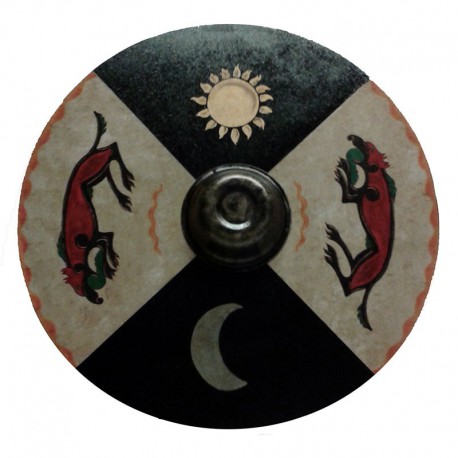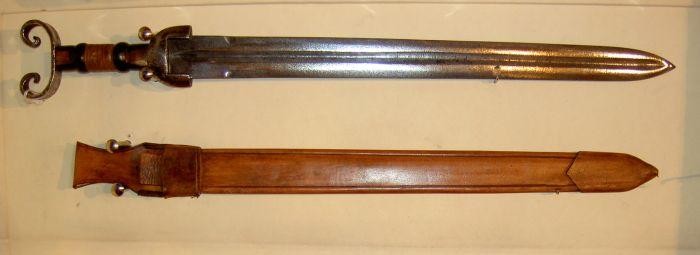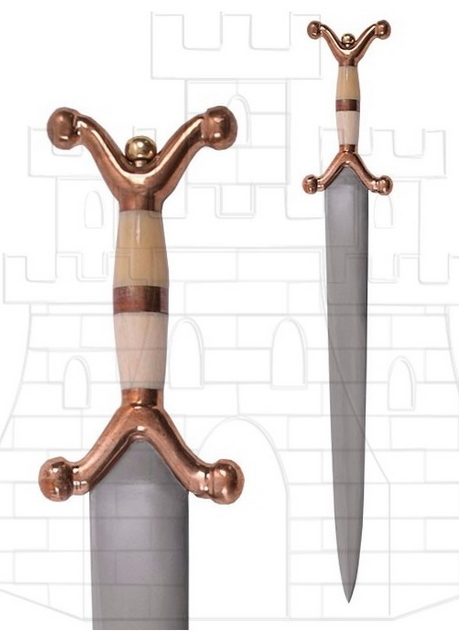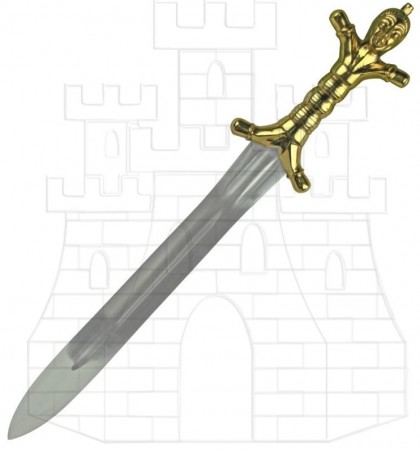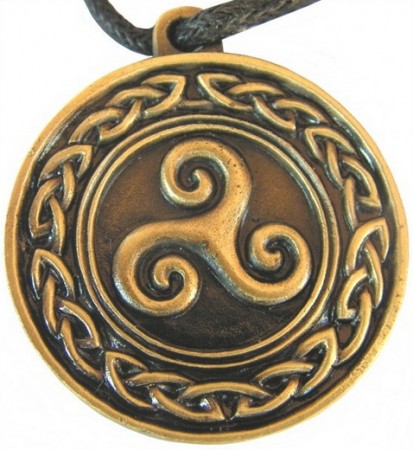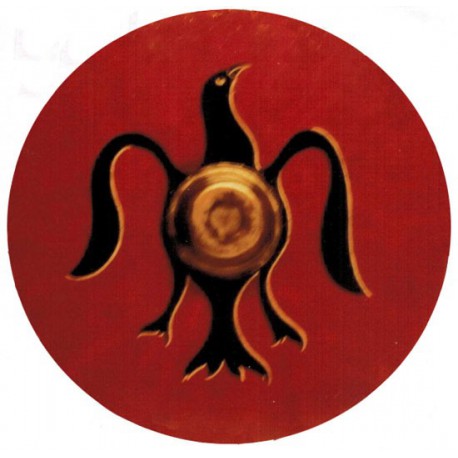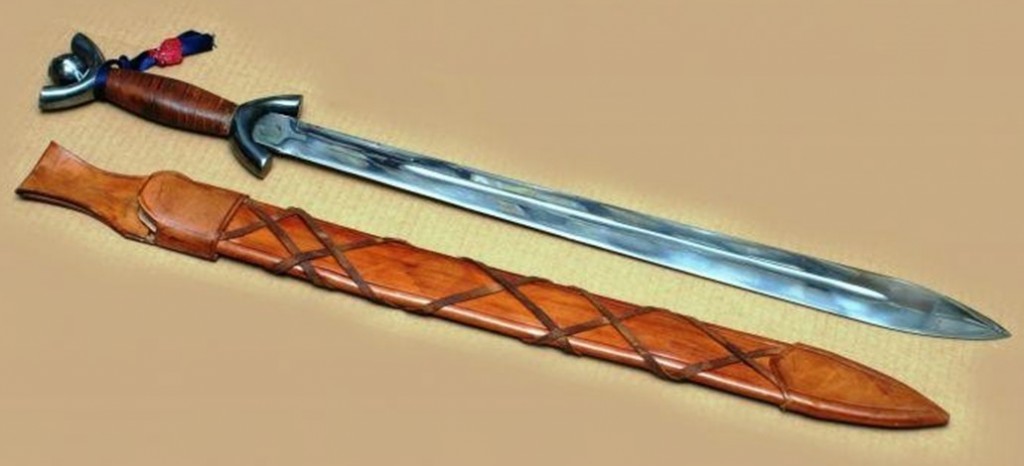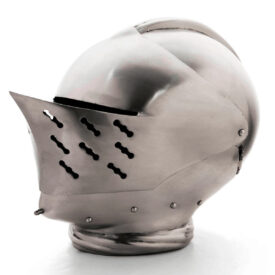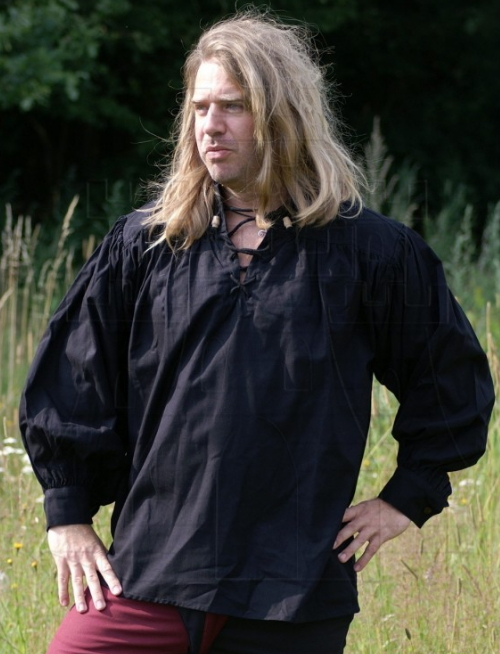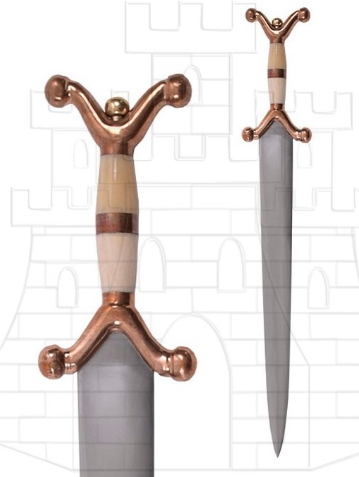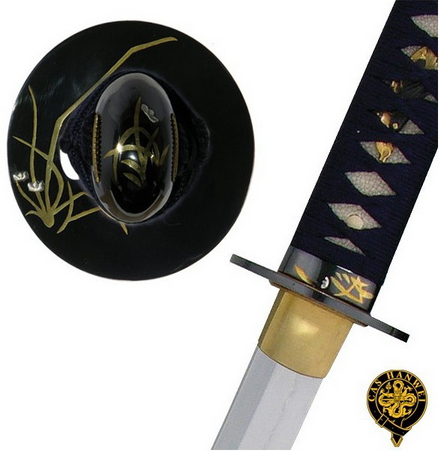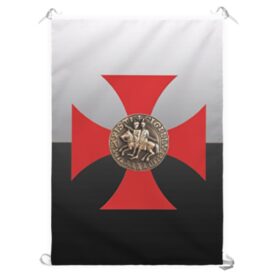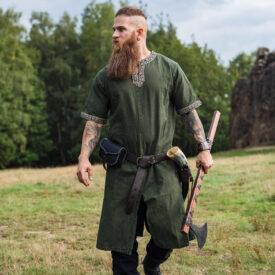The word “Celtic” comes from Keltoi, the name that the greeks gave to that populations. The women use to have red or blonde hair with white skin and the men used to light their hair with calcareous water and they used to keep a long beard.
Even if they were usually called “barbarian” in many classic stories by the authors (Polybius, Estrabo), with the help of the modern archaeology we know that they were very expert to work with the metal and they used to do it with advanced techniques; they used to live in fortified cities, with many links to the near populations and well organized.
The Celts were very good warriors, the for them, the war was art. They used to stay all together as a family and they used to pray to their gods before the battle, doing some purification rites.
They have been the best to develop the iron in Europe and their sword were unique and untransferable. They were hand made for any warrior and a sword couldn’t be used by different people.
The were also known for their proud in the battle and for their spirit. They never used the bow, because they thought to kill an enemy from the distance was a coward act.
Some theory tell that the celts used to decorate their body with tattoos in some specific energy points, also known as meridians. The idea of this theory was that these tattoos were going to make them better in the battle. For example, the runic symbol of the Ken (of the fire), tells about action and heroism and the runic symbol of the fierce warrior was tattooed on the neck to invoke the gods during the battle.
We have to say that also the celtic women used to join the politics and military activities and they were considered as good as the men, fighting shoulder by shoulder and they were very scaring for their strength and proud. In the battle against the romans they used their psychology, shouting and wild dancing to stop them for some moment.
The main weapons were the lance and the longsword, used also to behead the prisoners and than use their heads to decorate the walls of their houses.
